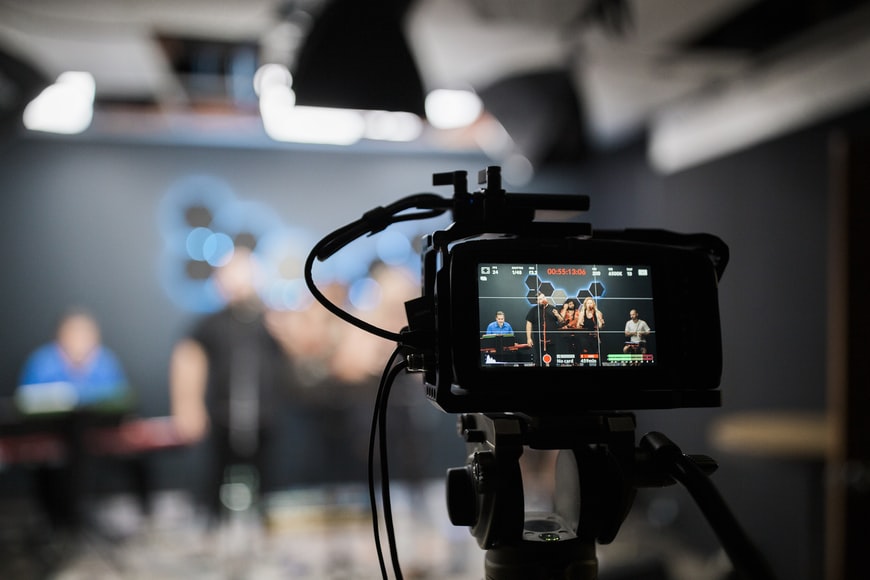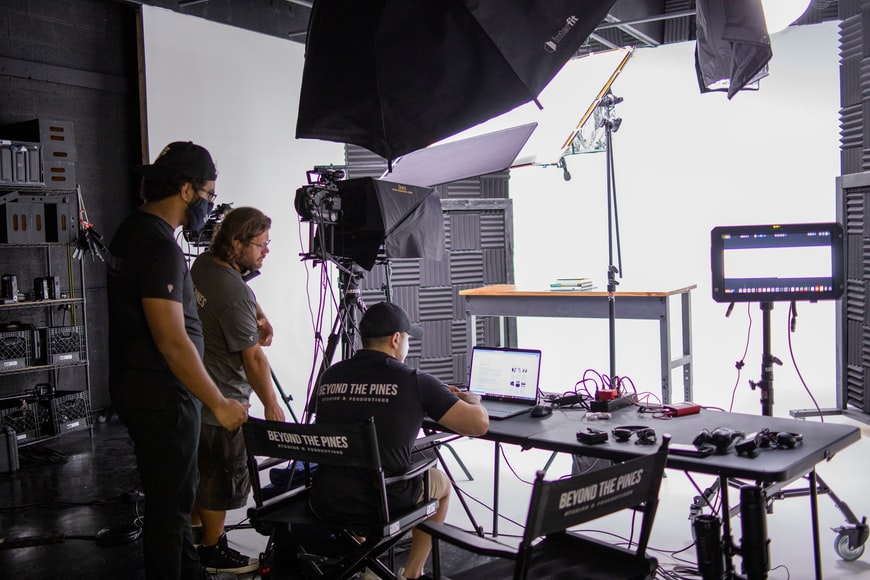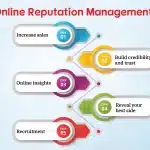Across the live entertainment industry, businesses are pivoting to remote services like never before. By offering live entertainment remotely, you can greatly expand your audience and make your content accessible to anyone in the world.
Furthermore, with there being every indication that the future is going to be increasingly remote, now is the time to upgrade your hardware to ensure that you can entertain your target audience, wherever they are in the world. With that in mind, here are the tech essentials that you need to get the job done right.
Streaming platform
First off, you will need to decide which platform you are going to broadcast your entertainment from. If you are, say, in the business of live music concerts or live stage plays, then you should find a platform that is accessible to your target audience and offers the bandwidth that you need for your shows. For example, if you wish to broadcast a stage production, you should opt for an industry-specific platform such as AnywhereSeat or BootTix. Meanwhile, those looking to broadcast, say, an eGaming tournament would be better off using a gamer-oriented platform such as Twitch or YouTube. It’s all about finding the right platform for your specific style of content.
Live editing technology
If you are broadcasting any kind of live video footage, be it a concert, a comedy act, a tournament, or otherwise, you should make sure that you are still in control of how your audience perceives the product.
Far too many in the entertainment business do not realize that live editing technology has progressed to the stage where you can easily make a live show look like a flawlessly edited, pre-recorded movie in real-time. There are tons of great examples of live editing technology that you can use without breaking the bank, with Wirecast, VMix, and UStream being the standout leaders in the market right now.
Optical camera recognition technology
This one is important if you are offering interactive live entertainment, where the audience can engage with the content as it is unfolding. Optical camera recognition technology captures objects and actions taking place on the screen and allows the user to interact with these. One place where this technology is used to great effect is the online casino sector, where gamblers can play live real money games via a video stream. For example, at the Casino777 roulette lounge, optical camera recognition technology is used to tell the player where the ball has landed on the roulette wheel and what chips are on the table. It basically turns the real world into a sort of video game.
The right mic
You will already know the importance of flawless sound quality for any live show, but this is doubly so when it comes to live-streamed, remote entertainment. For this, you’ll want a high-quality mic system that seamlessly integrates with your streaming setup and projects an ideal sound for people viewing on a home computer. Leading brands such as Neumann, Royer Labs, and Audio Technica are the gold standard here, as these companies can offer sound hardware that is tailormade for your remote setup. Be warned though, this stuff costs a pretty penny. For smaller operations, you can find budget USB cameras from brands such as Behringer or Cascade.
Digital payments infrastructure
If you are offering live-streamed entertainment of any kind, you will also need to make sure your audience can pay remotely as well. Payments for tickets and donations can be organized via your platform of choice, which may offer a native system for processing payments.
Otherwise, you may need to choose and set up a digital payments infrastructure on your own. Your guiding principle here should be accessibility. Make sure to choose a payments system that most people are likely to have and that is easy to use, such as PayPal, Klarna, Venmo, or Alipay. It might even be worth conducting some extra market research to find out which payment platforms are likely to be used by your target audience already.
With the right tech in your toolkit, you are ready to offer flawless live entertainment to streaming audiences anywhere in the world. The initial investment might seem steep, but it may well prove to be worth it.










